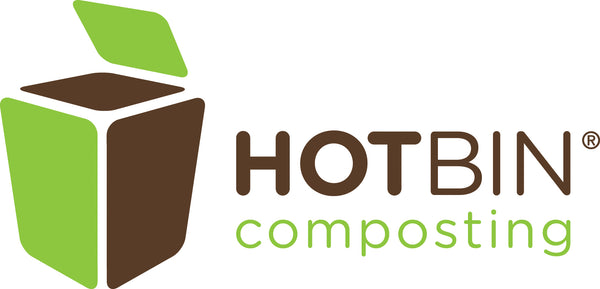Choosing the Right Compost Solution
You can compost for free by piling your garden and food waste up in a corner, however the paid for options do offer significant benefits. So how do you decide whether to pay 20, 60, 185 or even 900 pounds (yes really!) for a compost bin? You 'justify' the cash by convincing yourself of the 'value'.
We show you how to do this by checking the composting features meet your needs at a price you can afford.
Sounds like hard work - why not just go online, look for a 5 star ratings and best price - job done. Most of the online reviews look like this: 'arrived/did not arrive' on time (score 1-5), it was 'easy/hard' to set up (score 1-5). I'd let you know how it works! The all-important bits are missing and few people return 12 months later to let you know if it worked and how well.
We can summarize the process of how do choose the 'right compost bin’ or the 'best compost bin' for you into seven steps:
Step 1 - Why
Define your composting goals.
-
Do you want to make lots of rich/great compost for your garden that will improve its fertility and lessen/reduce your use of fertilizer and maybe even peat?
-
Do you just want to keep the garden tidy?
-
Do you want to make a more positive contribution to the environment by recycling all your food waste so your local council no longer has to collect and transport it to landfill or a central reprocessing plant?
-
Are you just fed up with allocating more and more of your flower or vegetable patch to overflowing compost bins that never seem to do anything?
-
What are your goals on sustainability, organic gardening, use of limited resources?
Step 2- Where
Review your available space and site for the compost bin.
-
Some compost bins are limited in location (e.g. keep it in a sunny spot or keep it in the shade, only use on soil, do not use on clay soil. You may have very little choice (e.g. it needs to go on the concrete by the garage). Your location may limit your compost bin choice.
-
You might have a small garden and no space for a large compost bin; conversely you might have very large garden and taking 10 square feet for a traditional 3-bay compost bin system might pose no issues.
-
Do you want to the compost bin close to the kitchen so you can pop out easily in the rain to empty your food waste bin?
Step 3 – What & When
How much garden and food waste you produce and how often?
-
Are you just going to compost seasonal garden waste (summer/autumn)?
-
Do you want to compost grass cuttings (spring, summer, autumn)?
-
Do you want to compost food waste – produced all year round – i.e. compost through winter?
-
How much of each type of waste do you have?
In my experience, very few composters accurately know how much waste they produce. Very few have any real desire to record and measure it either.
Choosing the right compost bin size is also further complicated as compost bins can, given the right conditions to achieve hot composting, compost faster than a bin that only facilitates cold composting. So 5 Gal. of waste a week in one bin would rapidly break down within a week, but in another bin build up over time and need a 160 Gal. bin.
Step 4 – Effort
How much time and effort you are willing to invest on composting?
This is hard – everyone tends to answer - none / minimal. The more a vendor knows this is critical to your choice, the more pressure to use the term ‘easy’ and the bigger the potential expectation gap and likely hood of user disappointment. There is always some effort (e.g. collecting food, turning, mixing, shredding). In our experience, things can be made very easy by habitually following simple method-steps. But investing the time to form habits can be challenging – especially at the start when people perceive the habits are taking more time not saving time.
Now you have a clear picture of what you want. Next, how do you check and match the compost bin against your composting objectives?
Step 5 – How
Which composting method you will choose
Consider which compost method is best suited to your needs – how you wish to compost e.g. hot composting, cold composting, anaerobic digestive, rotary compost bin or wormy and which bin features are essential vs which are nice to have.
Step 6 – Check
Build a compost bin feature check list.
Locate the top 10 commercial bins, score each feature and eliminate those compost bins that do not fit your needs thus producing a short list then weight/score the remaining compost bins to find the best match.
Step 7 – Match
Which compost bin will deliver the best price/performance?
Rate/score the competence of each compost bin against each feature, i.e. establish the performance and derive and overall value for money score - the million dollar question!
We hope the above tips combined with the tools in the links will help you create 'value' and help you decide which compost is right for you.
